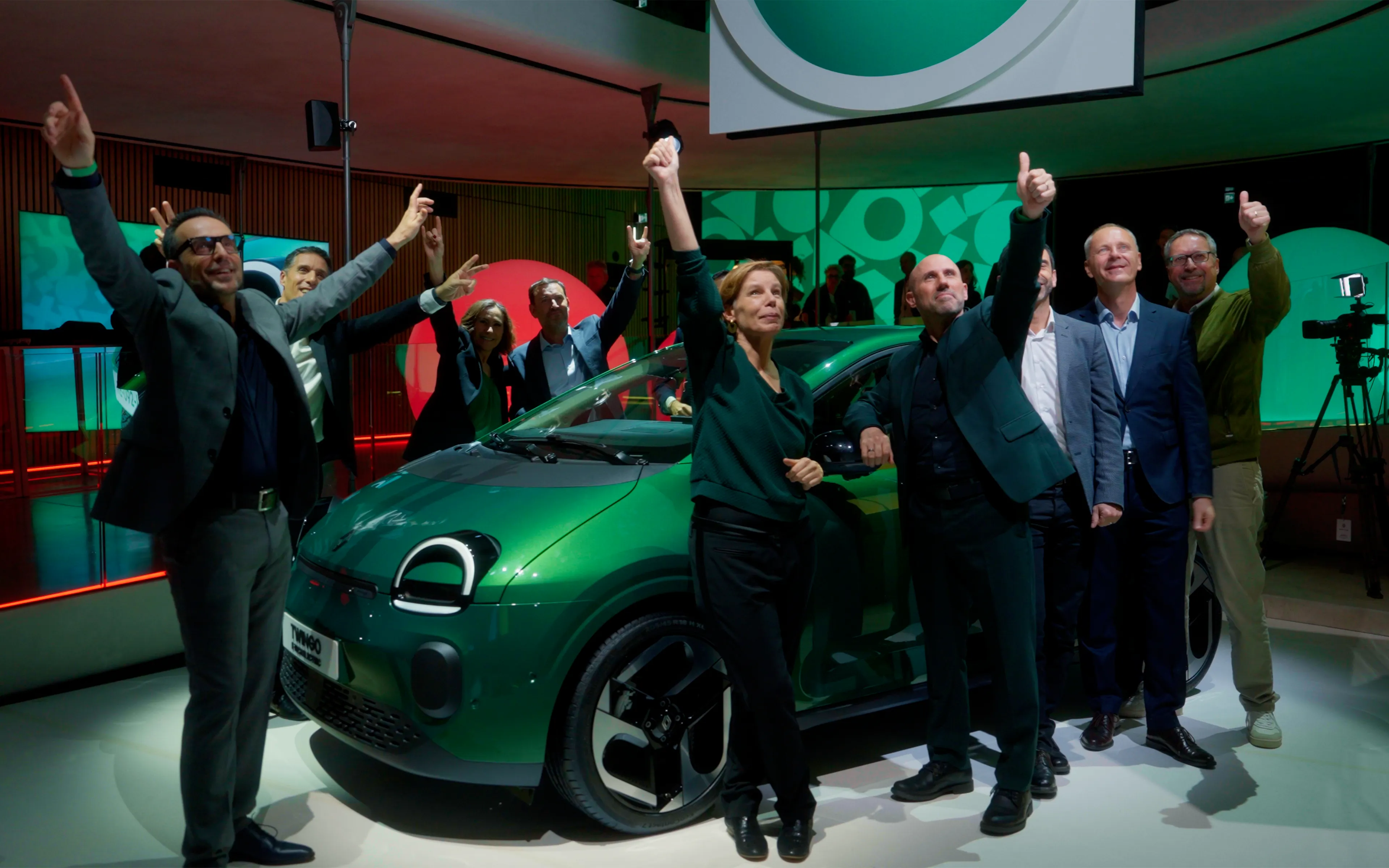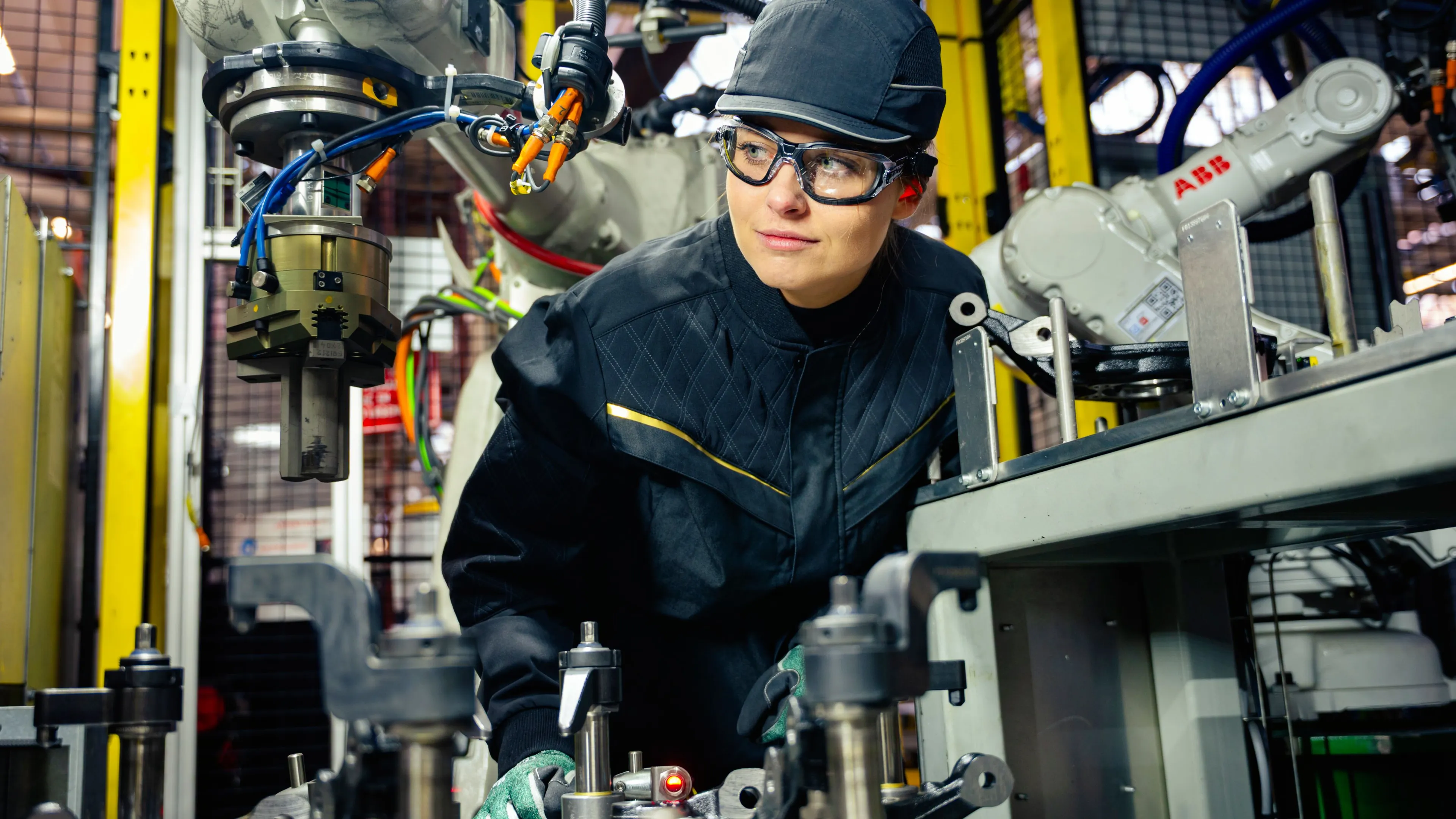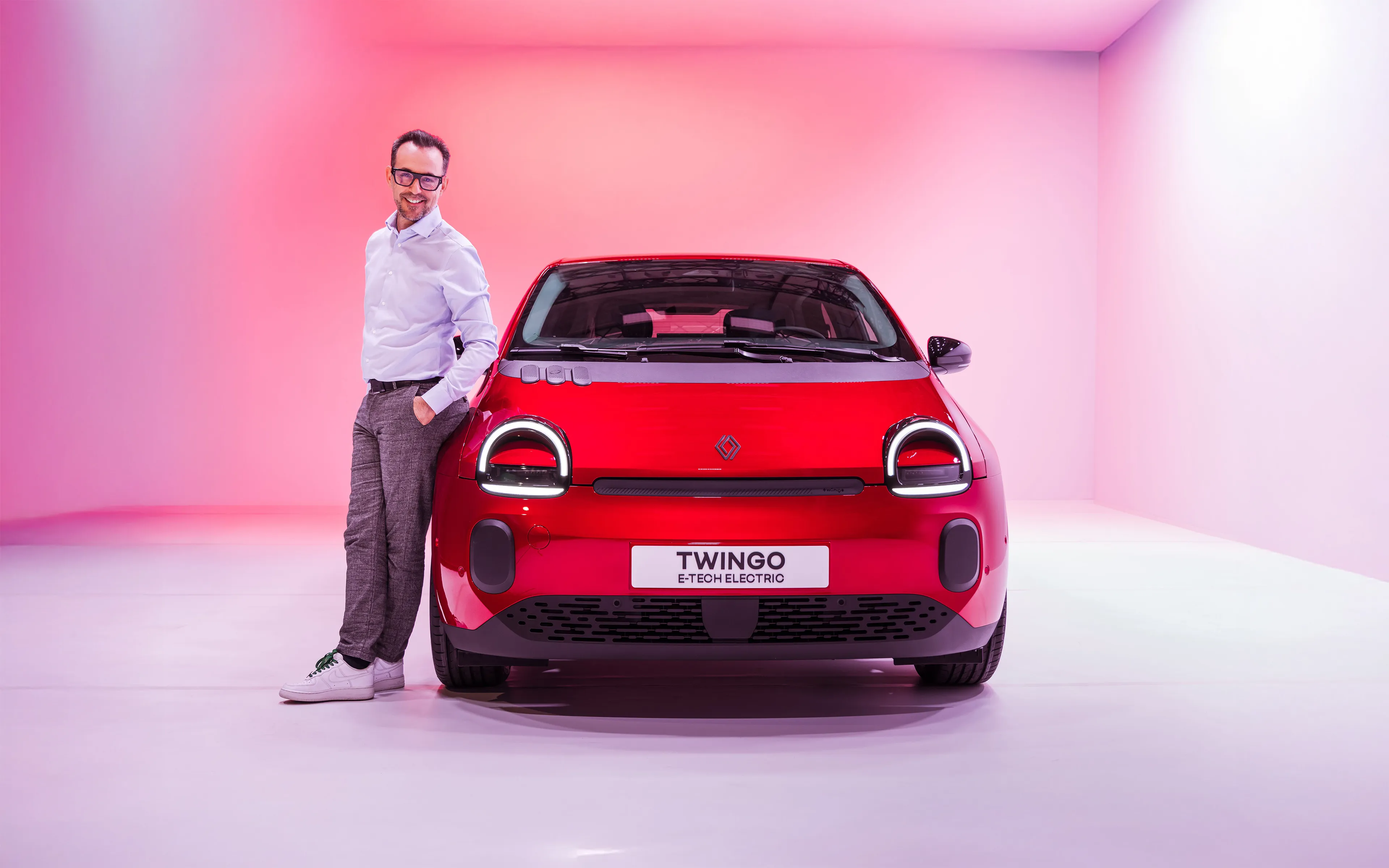Renault Group and brands take the offensive in family cars
Published on

After falling out of favour with customers in the 2010s, the compact family car is making a major comeback on the back of strong demand for SUVs. Historically, the C segments is very much brand territory for Renault. Today, the offensive in this segment – centre of gravity of the Renaulution strategic plan – also concerns Dacia and, soon, Alpine.
BY RENAULT GROUP
Three iconic models: Megane, Scenic and Austral. As you may know, all three belong to the C segment. This category of “compact cars” is of key importance to all full-line manufacturers. The C segment currently accounts for 41% of vehicle sales in Europe and has always been the biggest in terms of volume at both European and global level. Historically, the Renault brand regularly occupied the number one spot in this segment. Compact, versatile family cars are part of its DNA. Following the launch of the Renaulution strategic plan in January 2021, the company opened a new offensive on the C segment with a series of new launches. This offensive is already bringing results, with Group sales surging by 40% in this segment from 2021 to end of 2024. Let’s take a look back at this remarkable achievement.
Renault on the offensive in Europe and further afield
Re-establishing Renault Group as a leader on the C-segment is one of the key achievements of the Renaulution success story.
This position is based on a strong Renault range comprising four complementary models in Europe:
- Arkana: a 4.50m long hybrid fastback SUV with a sporty design.
- Symbioz: a compact hybrid SUV, 4.40m long, with an ultra-competitive space/price ratio
- Austral: an SUV positioned at the core of the C-segment, 4.51m long, with powerful hybrid powertrains (up to 200 hp)
- Scenic: Car of the Year 2024, this all-electric SUV is 4.47m long. With its long-range battery, it delivers a range of up to 625 km.
The figures are eloquent. Following the launch of the strategic plan in 2021, the Renault brand increased its share of the C-SUV segment in Europe from 3% to 6.2% in just three years, a rise of 100%. Backed by a modern, high-tech range, the offensive is bringing results. The brand is winning over customers as illustrated by sales of Scenic E-Tech electric, where 57% of European buyers are new to the brand.

Renault is also on the offensive internationally. Launched in Korea in September 2024, Renault Grand Koleos is off to a promising start.
Following an initial market debut in Latin America, the brand recently announced the launch of Renault Boréal, a premium, SUV with comfortable, high-tech styling. The brand has great ambitions for this new model, which will be rolled out in stages across more than 70 countries worldwide.
“C-segment compact cars make up the largest category on the car market in terms of volume, in Europe and worldwide. This trend is set to continue over the next few years with the arrival of new models. We aim to maintain the strong momentum created by Renaulution in this segment and to build on it in the coming years as part of the offensive by the three Renault Group brands.”
Levent Timur, VP
Sales Forecast and Revenue Management
Renaulution: a collective offensive by the three Renault Group brands
While Renault began its C-segment offensive in 2021, Dacia and Alpine are only just starting. Their involvement is a key component of a strategy focusing on three of our brands
Dacia is supported by its new brand identity, with more attractive styling, a higher level of perceived quality, innovative electric and hybrid powertrains and historic fundamentals such as customer trust.
Building on this strong brand image, Dacia launched its first C-segment SUV, Dacia Bigster, in January 2025. Dacia Bigster delivers the best value for money on the market, in keeping with brand values. It includes all the essentials expected by customers in the C-SUV segment, with the emphasis on comfort and functional use.

The A-arrow brand has announced the upcoming launch of its Sport Fastback, Alpine A390. The first SUV in the brand's history will make its global debut on 27 May 2025 in Dieppe.
An "SUV-isation" of the range in response to customer demand
In Europe, the C segment was largely dominated by compact hatchbacks until the 1990s. Renault was a leader and also a visionary. In 1996, the brand set the C segment on its head with the launch of a compact MPV setting new standards in versatility and interior space: Scenic.
Demand soared for this new type of car, which was an ideal fit with the aspirations of the time. The pioneering Scenic, later joined by Grand Scenic, created its own sub-segment in the C-segment and dominated sales for over a decade.
S.U.V. These three letters are the source of the current upheavals in the C segment. Buoyed by continuously increasing demand, Sport Utility Vehicles (SUVs) are continuing to devour other body styles such as saloons, estates, coupes and convertibles, year after year. They now account for 56% of C-segment sales in Europe.
This is a global trend: C-SUVs are popular with customers all over the world. In Europe and China, they tend to be the main household car, while in the USA they are the second or third car. Launched in 2015, Renault Kadjar was joined in 2021 by Renault Arkana, a car whose highly aspirational fastback design is shared with premium brands.
“While compact B-segment saloons like Clio or Sandero are very European, big pick-ups mainly American and the kei-car uniquely Japanese, the C-segment SUV is one of the few truly international body types, present on the sales podium in a great many countries.”
Benoît Bochard
Product Director, Renault Group
Renault, historic leader in the C segment: flashback to the 1980s and 1990s
Through the market success of the R9/R11, sold in 6.3 million units, followed by the R19 with 5.9 million units, Renault was a historic leader in the hatchback market in both France and Europe.
With over 10 million units sold since 1995, the Megane and Scenic “family” have allowed the brand to maintain its leading position. This exceptionally long saga mirrors the changes in the C segment over the generations. It is a model that has adapted continuously to reflect customer demand. In tune with their times, Megane and Scenic E-Tech electric are now all-electric.
Car market segments
Car market classifications differ according to the country and era. In Europe, segments are defined in alphabetical order according to size (total length). Within each segment, the brands structure their offer by price, with access, mid-range and premium vehicles.
- A segment: mini or city cars, generally between 3.4 and 3.7m long
- B segment: multi-purpose city cars generally between 3.9 and 4.3m long
- C segment: compact cars generally between 4.2 and 4.7m long
- D segment: large family or mid-size vehicles, generally between 4.6 and 5m long
- E segment: tourers or executive cars, generally between 4.9 and 5.1m long
- F segment: full-size luxury cars, generally over 5.1m long




